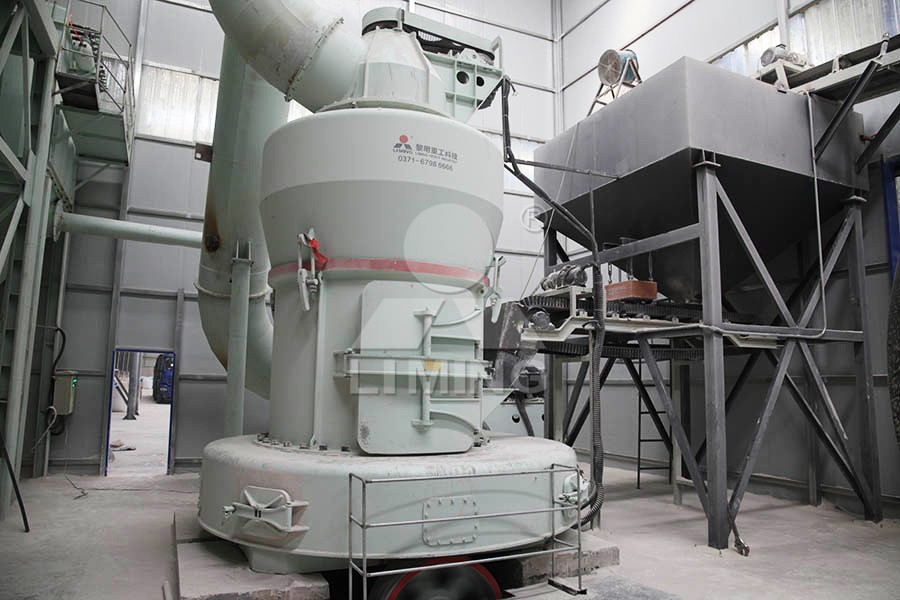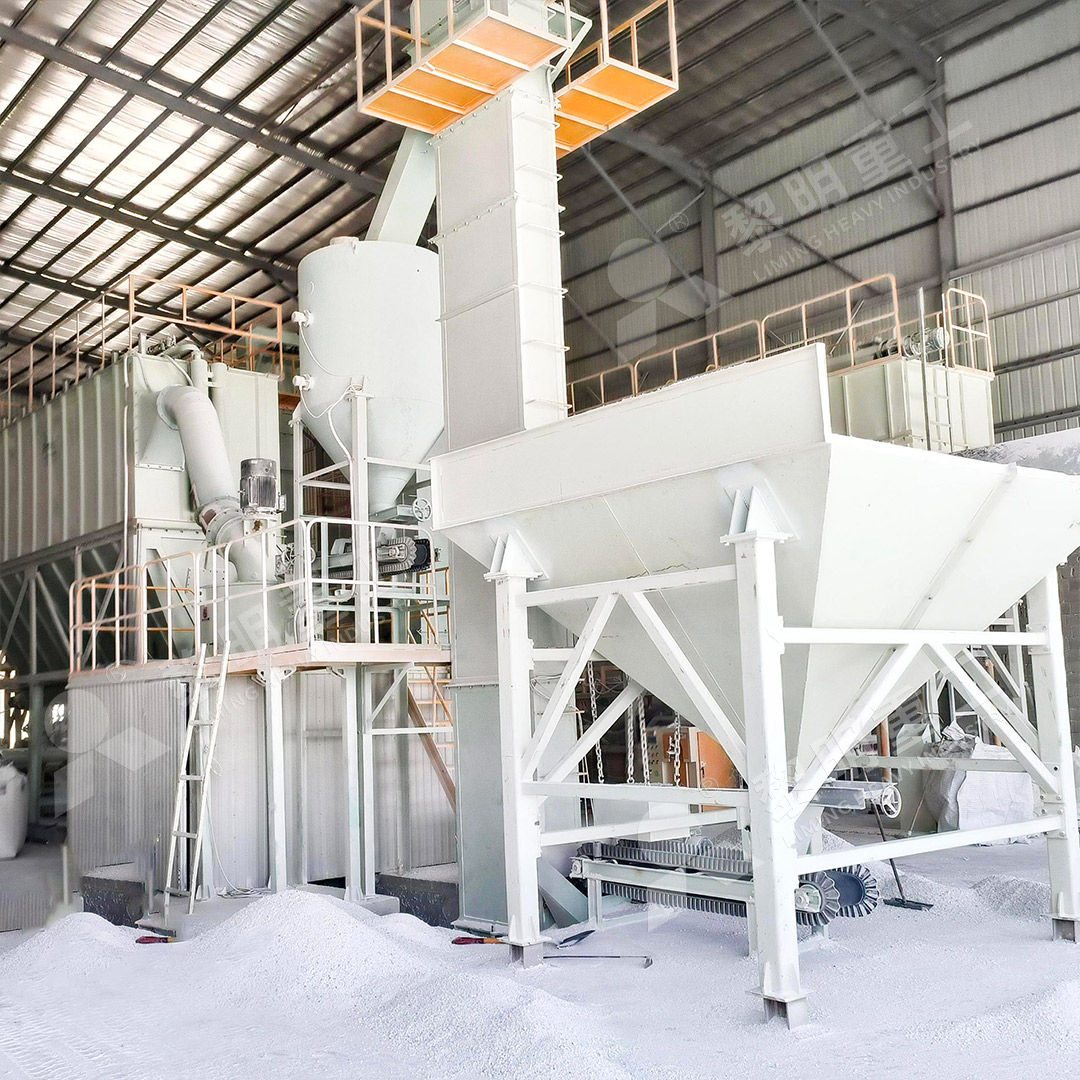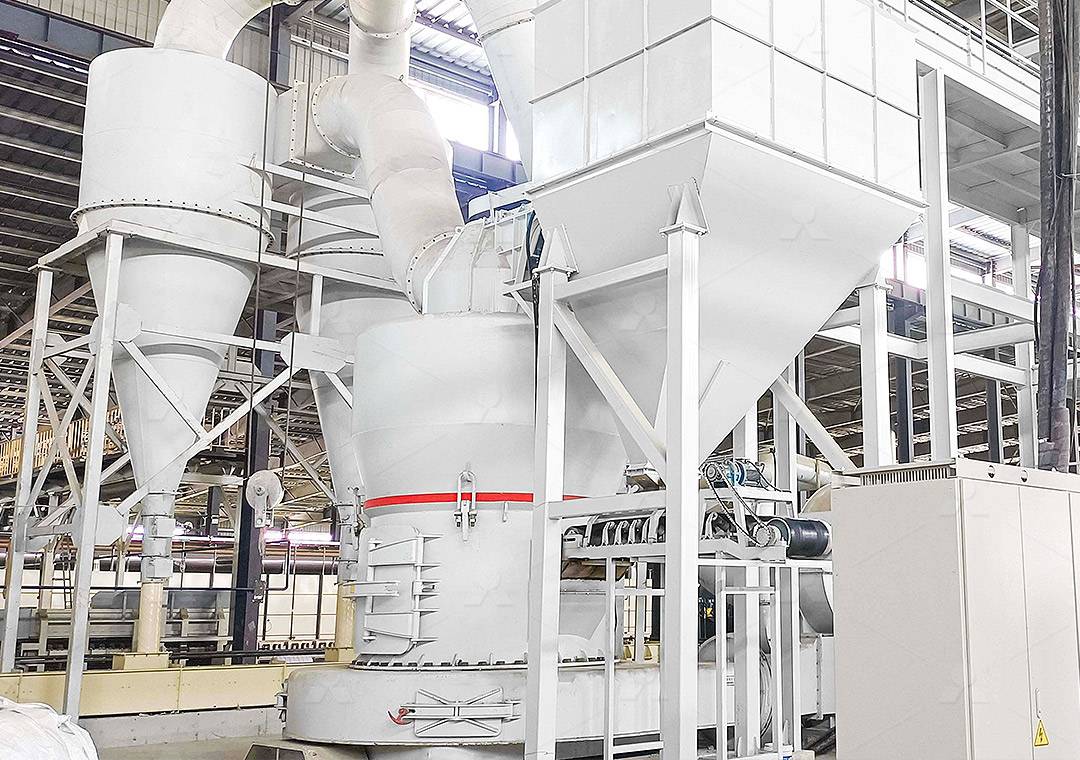Raymond Mill for Calcite Powder Processing | Liming Machine Industrial Grinder
Raymond Mill for Calcite Powder Processing: A Comprehensive Guide
Calcite powder, derived from calcium carbonate, serves as a fundamental raw material across numerous industries including plastics, paints, paper, and construction. The transformation of raw calcite into fine, consistent powder demands precision grinding equipment capable of delivering uniform particle size distribution while maintaining operational efficiency. For decades, Raymond Mill has stood as a reliable workhorse in mineral processing operations worldwide.

Traditional Raymond Mill systems have proven particularly effective for processing calcite to medium fineness ranges, typically between 80-400 mesh. The grinding mechanism employs a vertical structure with grinding rollers tightly pressed against the grinding ring through centrifugal force, creating the necessary friction to pulverize the calcite material. This established technology continues to offer benefits for operations requiring throughput in the range of 0.6-5 tons per hour with input sizes under 25mm.
Advanced Solutions for Modern Calcite Processing Needs
While traditional Raymond Mills maintain their relevance in specific applications, evolving industry requirements for higher production capacities and finer powder specifications have driven technological innovation. Today’s calcite processors increasingly seek equipment that delivers superior efficiency, enhanced environmental performance, and greater operational flexibility.
For operations requiring ultra-fine calcite powder between 325-2500 meshes, our MW Ultrafine Grinding Mill represents a significant advancement. This system incorporates German cage-type powder selector technology that enables precise control over final product fineness while achieving production capacities of 0.5-25 tph. The innovative design eliminates rolling bearings and screws within the grinding chamber, substantially reducing maintenance concerns and potential points of failure.

The MW series distinguishes itself through its exceptional energy efficiency, consuming approximately 30% less power compared to conventional jet mills while delivering 40% higher output. Integrated pulse dust collection and noise reduction systems ensure environmentally responsible operation that complies with stringent international standards. For processors targeting the highest quality calcite powders for specialized applications in cosmetics, pharmaceuticals, or high-end plastics, this equipment provides the technological edge necessary to compete in premium markets.
Vertical Grinding Solutions for Enhanced Efficiency
Another compelling option for calcite processing comes from our LUM Ultrafine Vertical Grinding Mill, which integrates grinding, classifying, and transporting within a single compact unit. With a capacity range of 5-18 tph and accepting feed sizes up to 10mm, this system employs advanced grinding roller technology and precision powder separation to produce consistently high-quality calcite powder.
The LUM series incorporates several proprietary technologies including double position-limiting systems that ensure operational stability even under variable feed conditions. The reversible structure design simplifies maintenance procedures, allowing grinding rollers to be easily removed from the mill body for inspection or component replacement. This feature significantly reduces downtime during maintenance cycles, maximizing production availability.

Selecting the Optimal Calcite Processing Solution
The choice between different grinding technologies depends largely on specific production requirements, including target fineness, capacity needs, energy efficiency priorities, and available infrastructure. Traditional Raymond Mills continue to offer cost-effective solutions for standard applications, while advanced systems like the MW and LUM series provide enhanced capabilities for operations demanding superior product quality, higher throughput, or specialized powder characteristics.
Modern calcite processing facilities increasingly prioritize environmental considerations alongside production metrics. Contemporary grinding systems address these concerns through integrated dust collection, noise suppression technologies, and energy-efficient designs that minimize both operational costs and environmental impact.
Frequently Asked Questions
What is the typical particle size range achievable when processing calcite with Raymond Mill?
Traditional Raymond Mills typically produce calcite powder in the range of 80-400 mesh. For finer applications requiring 325-2500 mesh, our MW Ultrafine Grinding Mill provides superior performance with precise particle size control.
How does the MW Ultrafine Grinding Mill achieve higher energy efficiency compared to conventional systems?
The MW series incorporates newly designed grinding curves for the roller and ring assembly, optimizing the grinding efficiency. Additionally, the advanced cage-type powder selector reduces resistance and power consumption, resulting in energy savings of up to 30% compared to jet mills.
What maintenance advantages does the LUM Ultrafine Vertical Grinding Mill offer?
The LUM series features a reversible structure that allows easy access to grinding components. The hydraulic adjustment system enables operators to quickly move grinding rollers out of the mill body for maintenance, significantly reducing service time and associated downtime.
Can these grinding systems handle variations in calcite feed material characteristics?
Yes, both the MW and LUM series incorporate advanced control systems that automatically adjust to maintain consistent product quality despite variations in feed material. The LUM mill’s electronic and mechanical limiting technologies provide additional protection against disruptive vibration.
What environmental features are incorporated into modern calcite grinding systems?
Our contemporary grinding systems include efficient pulse dust collectors that eliminate dust pollution, mufflers and noise elimination rooms to reduce acoustic impact, and fully enclosed negative-pressure operation that prevents material escape, ensuring compliance with international environmental standards.
